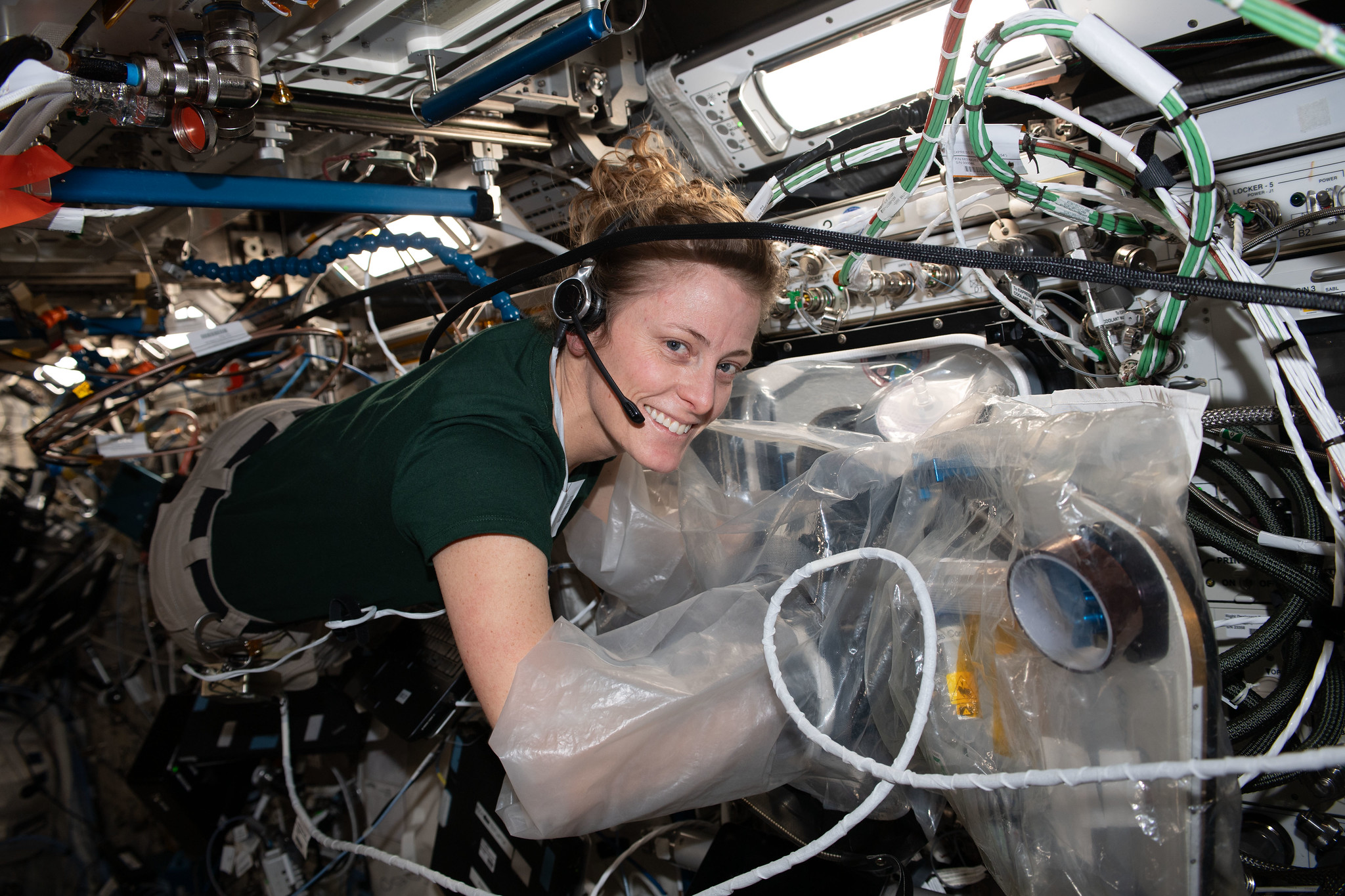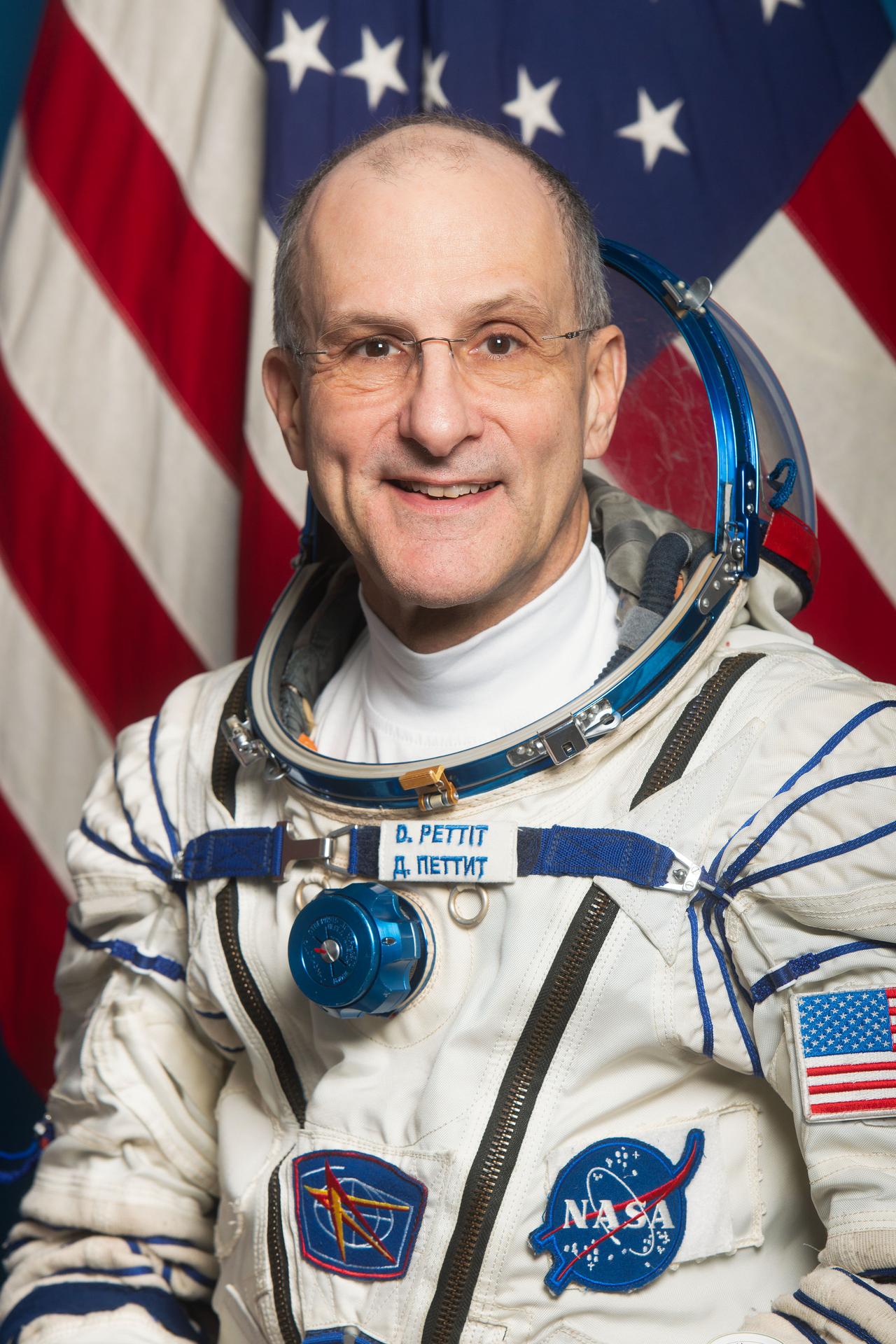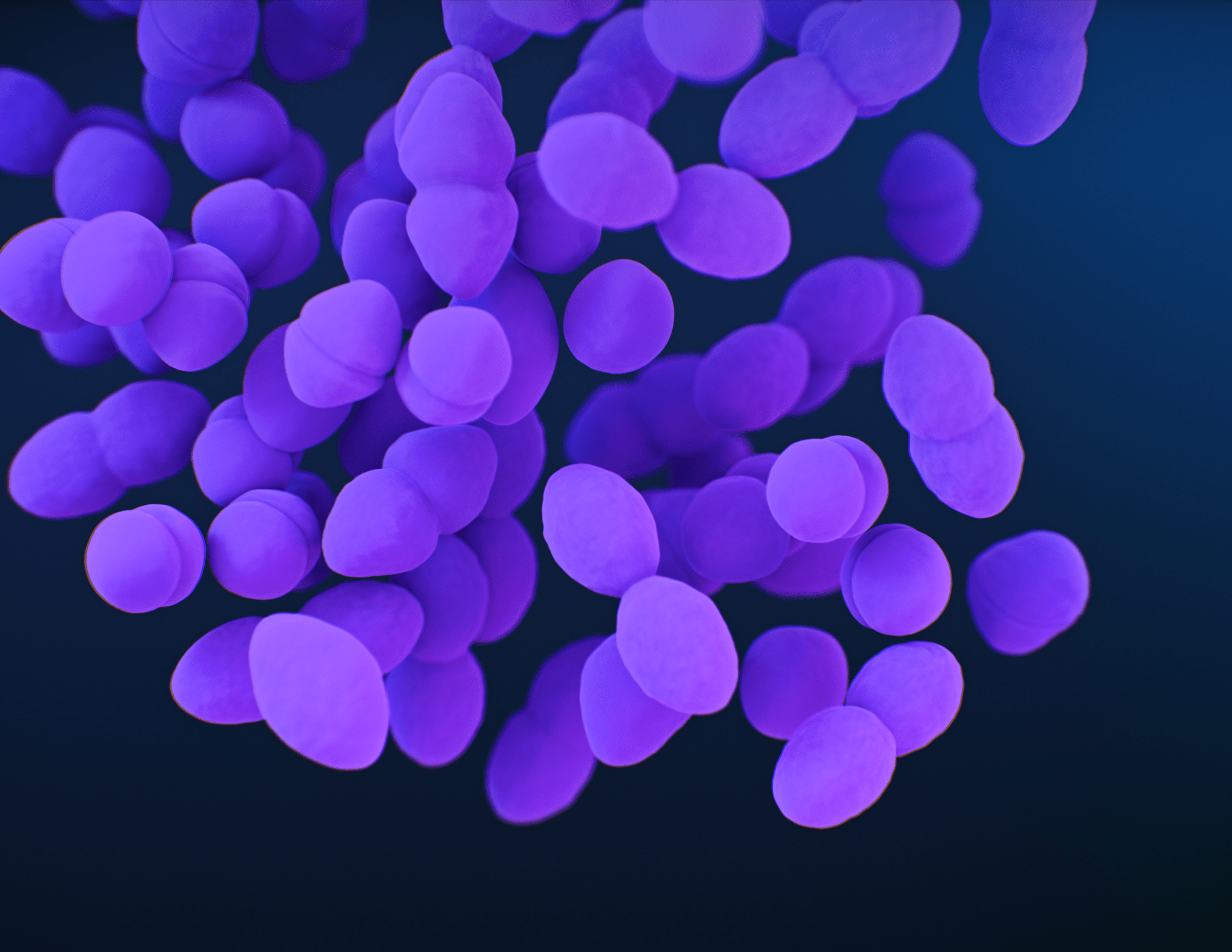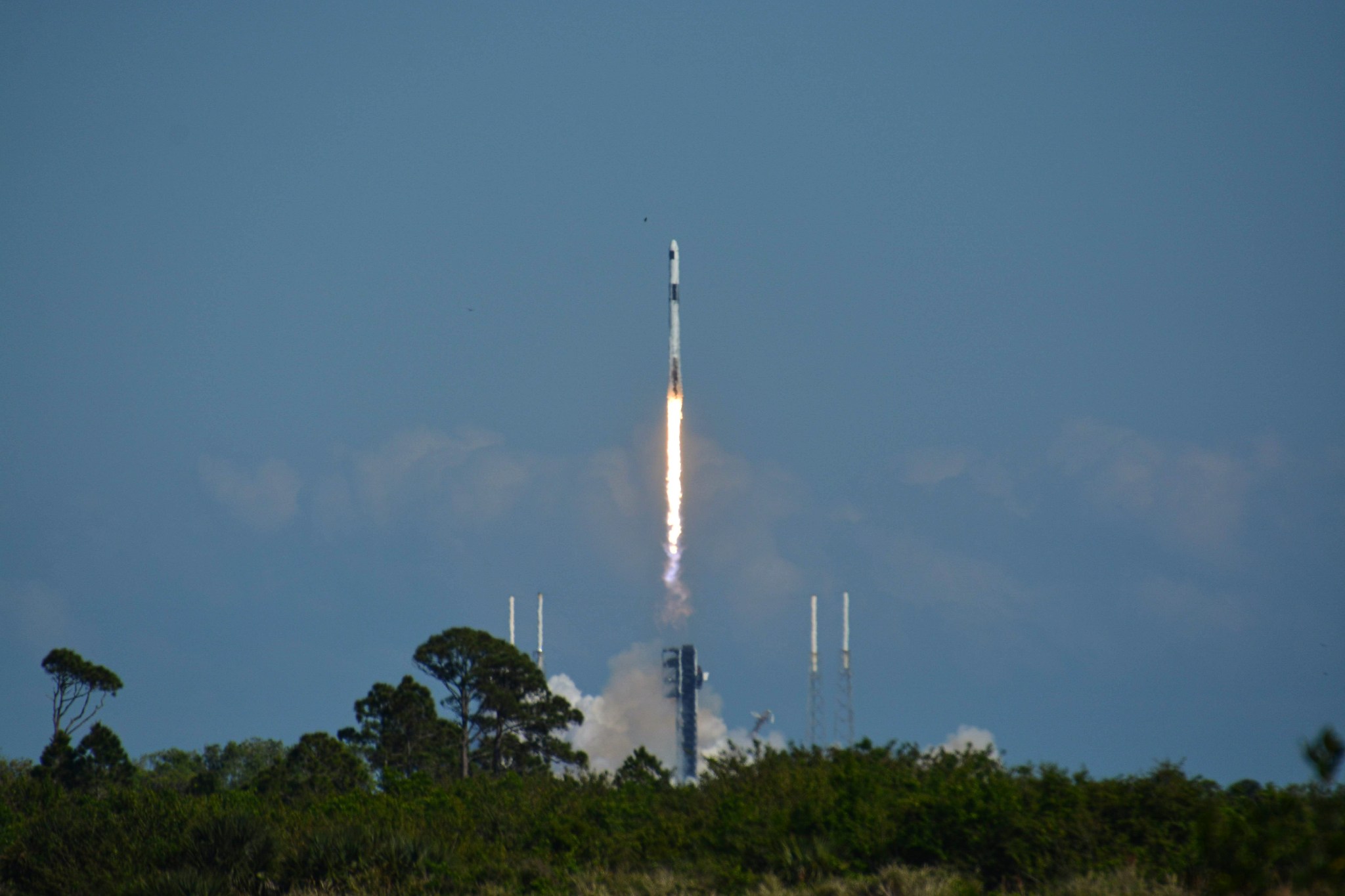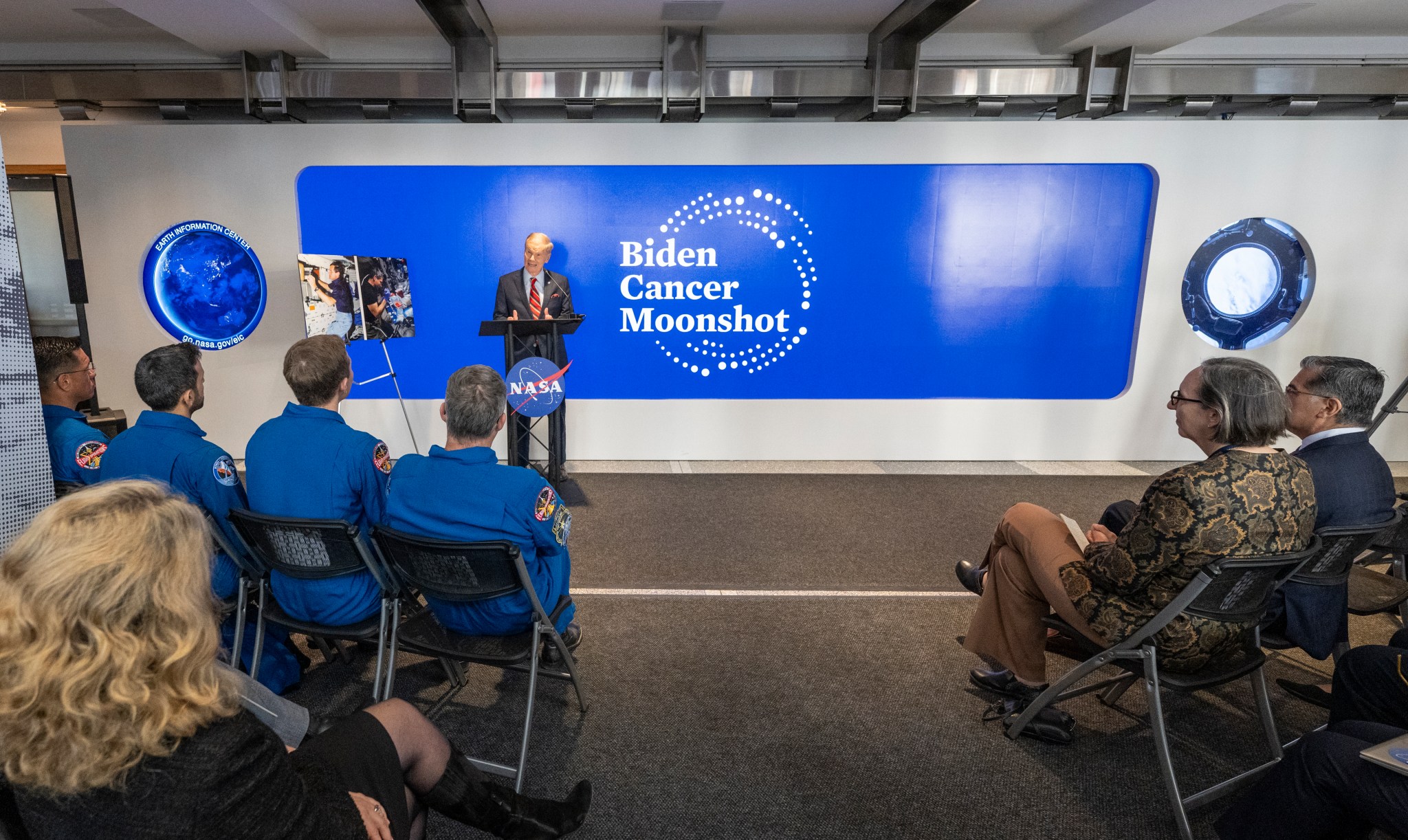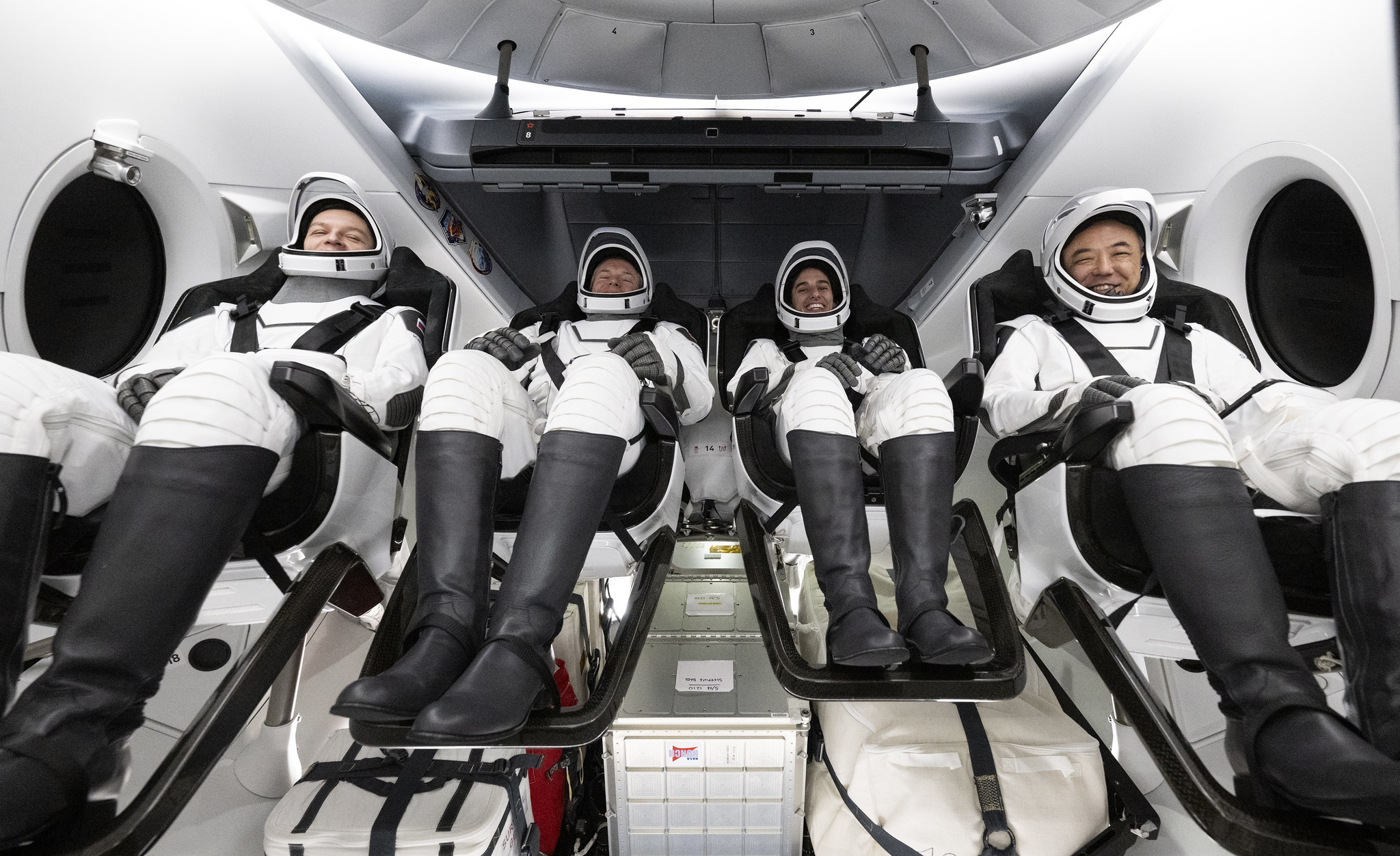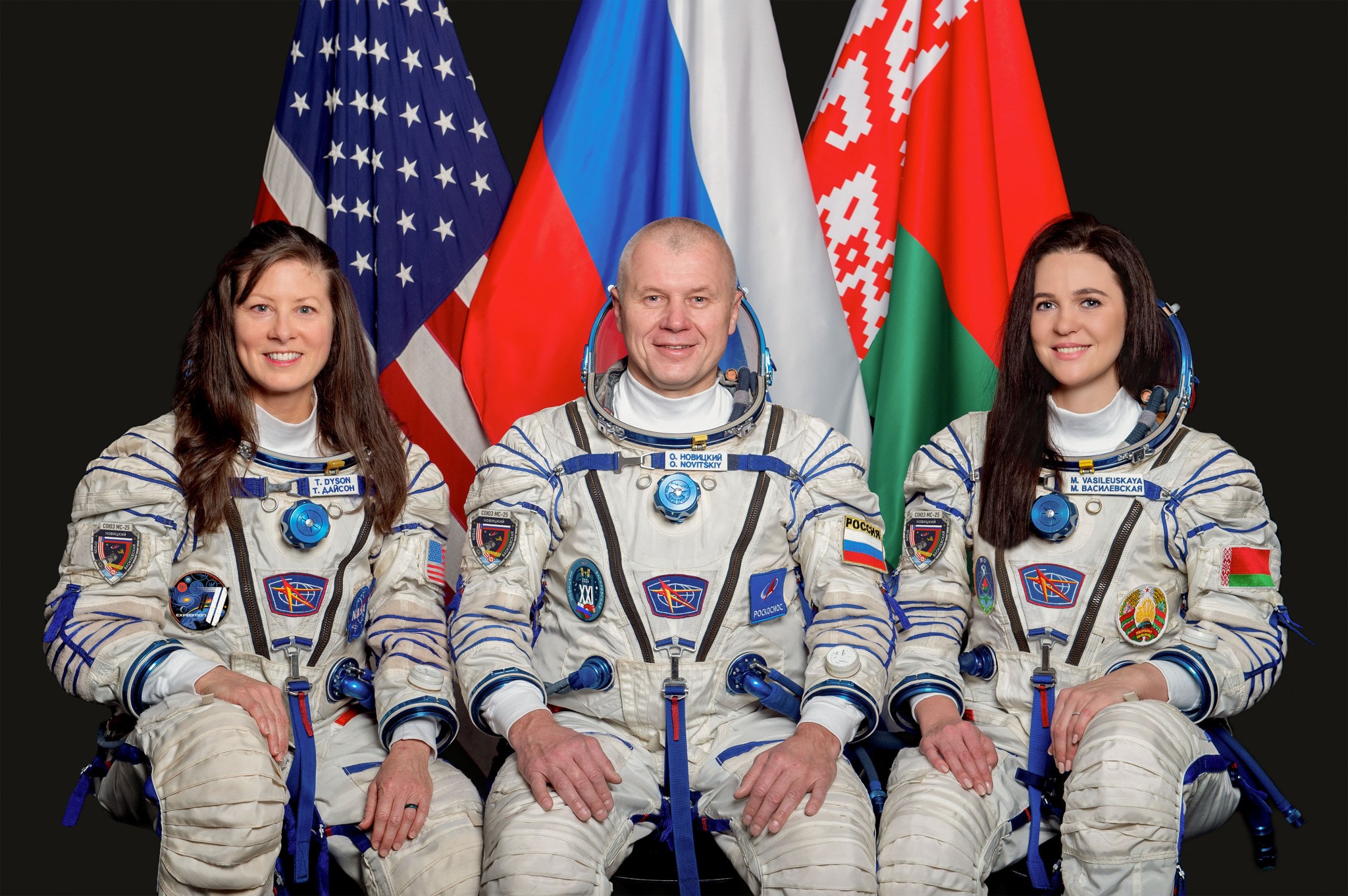NASA astronaut and Expedition 70 Flight Engineer Loral O’Hara uses a portable glovebag to replace components on a biological printer, the BioFabrication Facility (BFF), that is testing the printing of organ-like tissues in microgravity. NASA Three crew members are scheduled to begin their return to Earth on Friday, April 5, from the International Space Station. NASA will provide live coverage of their departure from the orbital complex and landing. NASA astronaut Loral O’Hara, Roscosmos cosmonaut Oleg Novitskiy, and spaceflight participant Marina Vasilevskaya of Belarus will depart from the station’s Rassvet…
Read MoreTag: ISS Research
NASA Astronaut Loral O’Hara, Expedition 70 Science Highlights
4 min read Preparations for Next Moonwalk Simulations Underway (and Underwater) NASA astronaut Loral O’Hara is returning home after six months aboard the International Space Station. During her time on the orbiting laboratory, O’Hara contributed to dozens of scientific investigations and technology demonstrations to prepare for future space exploration missions and generate innovations and benefits for humanity on Earth. Here is a look at some of the scientific activities O’Hara conducted during her mission: Biking for Better Health NASA NASA astronaut Loral O’Hara is among the first astronauts participating in…
Read MoreNASA Astronaut Don Pettit to Conduct Science During Fourth Mission
NASA astronaut Don Pettit poses for a crew portrait at the Gagarin Cosmonaut Training Center. NASA During his fourth mission to the International Space Station, NASA astronaut Don Pettit will serve as a flight engineer and member of the Expedition 71/72 crew. After blasting off to space, Pettit will conduct scientific investigations and technology demonstrations to help prepare crew for future space missions. Pettit will launch on the Roscosmos Soyuz MS-26 spacecraft in September 2024, accompanied by Roscosmos cosmonauts Alexey Ovchinin and Ivan Vagner. The trio will spend approximately six…
Read MoreOptical Fiber Production
Science in Space: March 2024 Optical fibers are used on Earth and in space for applications in medicine, defense, cybersecurity, and telecommunications. Parabolic research showed that optical fibers produced in microgravity can be higher quality than those made in normal gravity, and the International Space Station provides a potential platform for commercial production of these fibers. The Production of Flawless Space Fiber (Flawless Space Fibers-1) investigation is using the space station to demonstrate new manufacturing technology developed by Flawless Photonics to improve the quality and length of optical fiber produced…
Read MoreInternational Space Station welcomes biological and physical science experiments
3 min read International Space Station welcomes biological and physical science experiments NASA is sending several biological and physical sciences experiments and equipment aboard SpaceX’s 30th commercial resupply services mission. Studying biological and physical phenomena under extreme conditions allows researchers to advance the fundamental scientific knowledge required to go farther and stay longer in space, while also benefitting life on Earth. Not only can these experiments provide pioneering scientific discovery – they enable sustainable deep space exploration and support transformative engineering. The commercial resupply launch took place Thursday, March 21,…
Read MoreNASA Science, Hardware Aboard SpaceX’s 30th Resupply Launch to Station
NASA’s SpaceX 30th commercial resupply mission launched at 4:55 p.m. EDT, Thursday, March 21 , from Space Launch Complex 40 at Cape Canaveral Space Force Station in Florida. Credit: NASA/Madison Tuttle Following a successful launch of NASA’s SpaceX 30th commercial resupply mission, new scientific experiments and technology demonstrations for the agency are on the way to the International Space Station, including studies of technologies to measure sea ice and plant growth in space. SpaceX’s Dragon resupply spacecraft, carrying more than 6,000 pounds of cargo to the orbiting laboratory, launched on…
Read MoreNASA, Health and Human Services Highlight Cancer Moonshot Progress
NASA Administrator Bill Nelson delivers remarks during an event with Department of Health and Human Services Secretary Xavier Becerra to highlight how the agencies are making progress toward President Joe Biden and First Lady Jill Biden’s Cancer Moonshot initiative, Thursday, March 21, 2024, in the Earth Information Center at the Mary W. Jackson NASA Headquarters building in Washington. NASA is working with agencies and researchers across the federal government to help cut the nation’s cancer death rate by at least 50% in the next 25 years, a goal of the…
Read MoreFollowing Safe Return, NASA’s SpaceX Crew-7 to Recount Space Mission
The four crew members of NASA’s SpaceX Crew-7 mission are seated inside the SpaceX Dragon spacecraft after landing in the Gulf of Mexico on March 12, 2024. Credits: NASA/Joel Kowsky After spending 199 days in space, NASA’s SpaceX Crew-7 crew members will discuss their science mission aboard the International Space Station during a news conference at 2:30 p.m. EDT Monday, March 25, at the agency’s Johnson Space Center in Houston. NASA astronaut Jasmin Moghbeli, ESA (European Space Agency) astronaut Andreas Mogensen, JAXA (Japan Aerospace Exploration Agency) astronaut Satoshi Furukawa, and…
Read MoreNASA Administrator, Health Secretary to Host Cancer Moonshot Event
NASA logo Editor’s note: This advisory was updated March 19, 2024, with a new start time for the Moonshot event. Media are invited to join NASA and Department of Health and Human Services leadership at 9:40 a.m. EDT on Thursday, March 21, at NASA Headquarters in Washington, to highlight how the agencies are making progress toward President Joe Biden and First Lady Jill Biden’s Cancer Moonshot initiative. During the event, NASA Administrator Bill Nelson and Health and Human Services Secretary Xavier Becerra will give remarks and are available for interviews…
Read MoreNASA Sets Coverage for Crew Launch; Trio to Join Expedition 70
NASA astronaut Tracy C. Dyson, Roscosmos cosmonaut Oleg Novitskiy, and spaceflight participant Marina Vasilevskaya of Belarus pose for a portrait at the Gagarin Cosmonaut Training Center on Nov. 2, 2023 Credits: GCTC/Andrey Shelepin Three crew members will blast off on Thursday, March 21, to support Expedition 70 aboard the International Space Station. NASA will provide full coverage of launch and crew arrival at the microgravity laboratory. NASA astronaut Tracy C. Dyson, Roscosmos cosmonaut Oleg Novitskiy, and spaceflight participant Marina Vasilevskaya of Belarus, are scheduled to lift off on the Roscosmos…
Read More